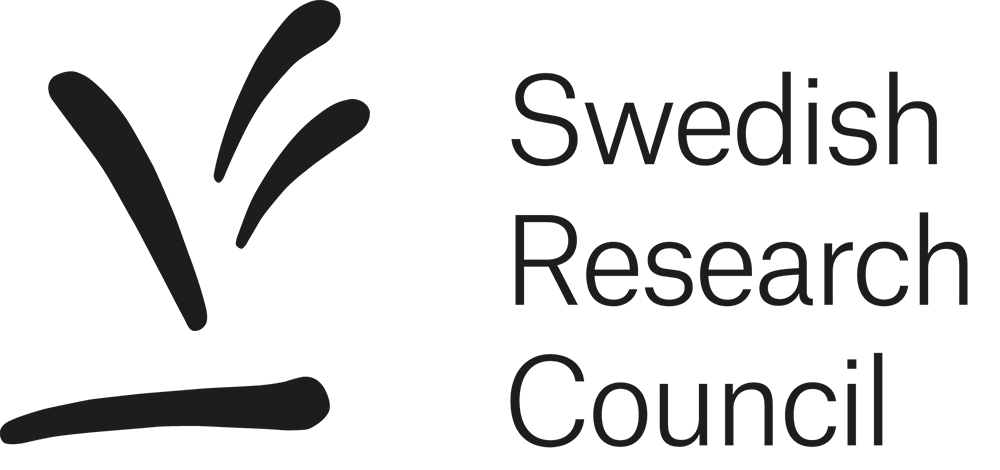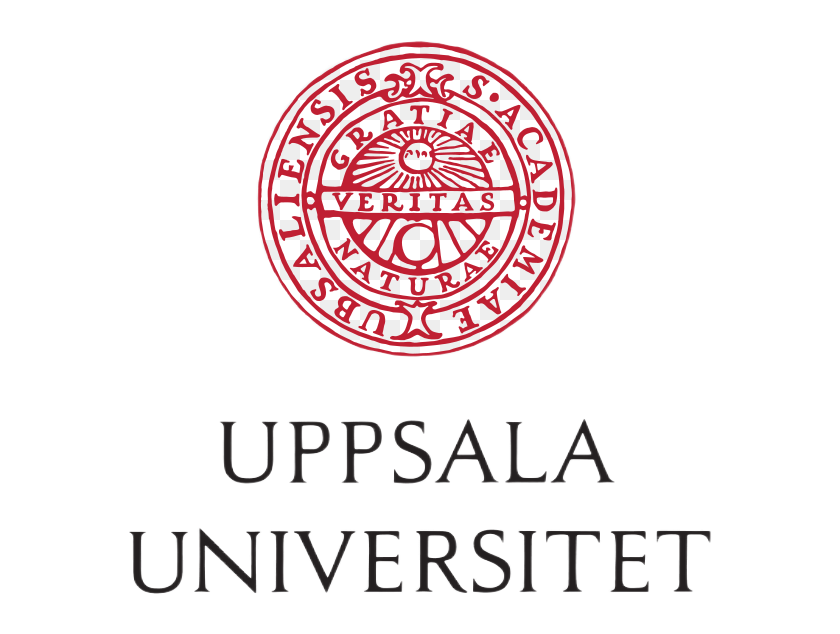Instructing Natural History
Nature, People, Empire
Welcome.
We are a research team investigating the history of colonial instructions in relation to natural-history travelling and collecting in the eighteenth and nineteenth centuries. Instructions were core instruments used to organise travel, information gathering, and the collection of natural specimens and artefacts in this period. Instructions both encouraged and controlled scientific endeavour, giving non-elite actors access to participation in knowledge production while demarcating the bounds of their activity. Through our projects, publications, and events, we hope to illustrate how instructions offer a rich viewpoint into the relationship between knowledge production and colonial power dynamics.

Image Sources.
Images. Main image: Perspective interior view of Sir Ashton Lever's Museum in Leicester Square, London March 30 1785. Watercolour by Sarah Stone, State Library of New South Wales, Public domain, via Wikimedia Commons. Footer: A Maid Reading in a Library. Édouard John Mentha, Public domain, via Wikimedia Commons. Team: The Parterre Gardener, 50 coloured plates/engraved by Martin Engelbrecht, from 18th-cent. German works, Wellcome Collection. Public Domain Work. Projects: “View of the botanic garden in St Vincent", from "An account of the botanic garden in the island of St Vincent, from its first establishment to the present time" by Lansdown Guilding, Public domain, via Wikimedia Commons. Publications: Beauty in search of knowledge, published by Sayer & Bennett, Public domain, via Wikimedia Commons. Events: Great Palm House, Kew Gardens, Thomas H. Shepherd, Public domain, via Wikimedia Commons. Contact: William; Curtis's botanical magazine dedications, 1827-1927: portraits and biographical notes.; Royal Botanic Gardens, Kew.; Stanley Smith Horticultural Trust., Public domain, via Wikimedia Commons












